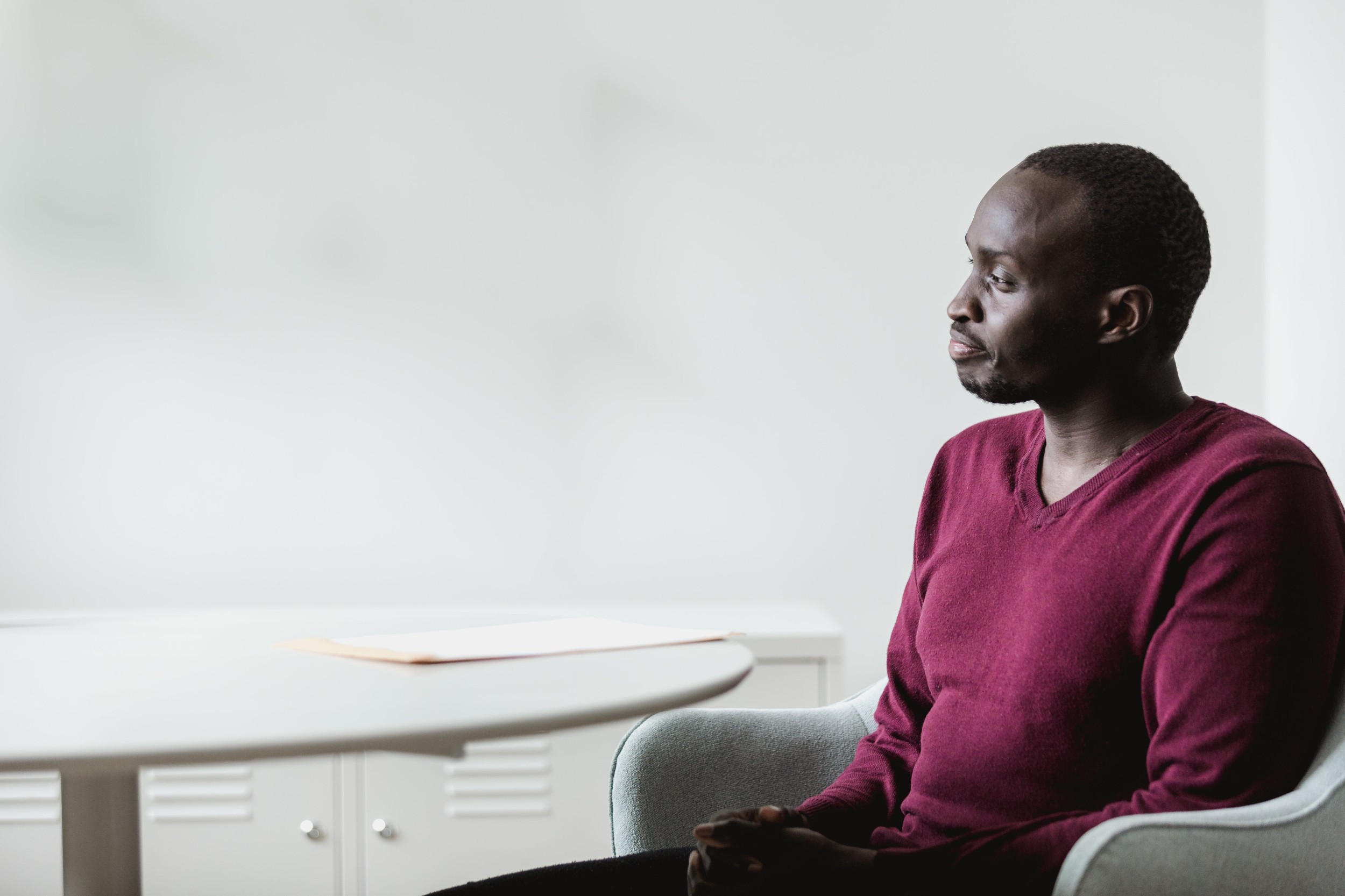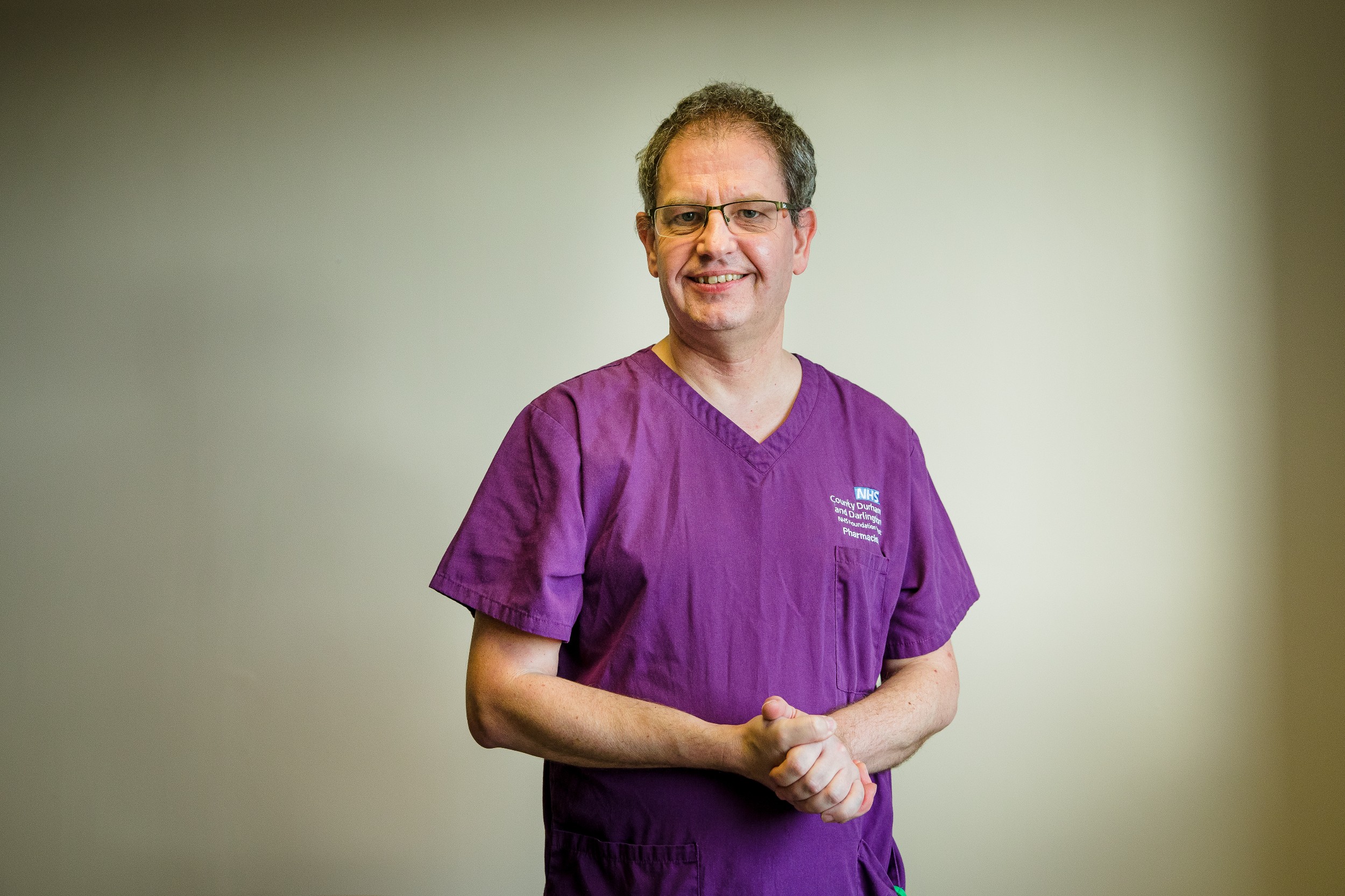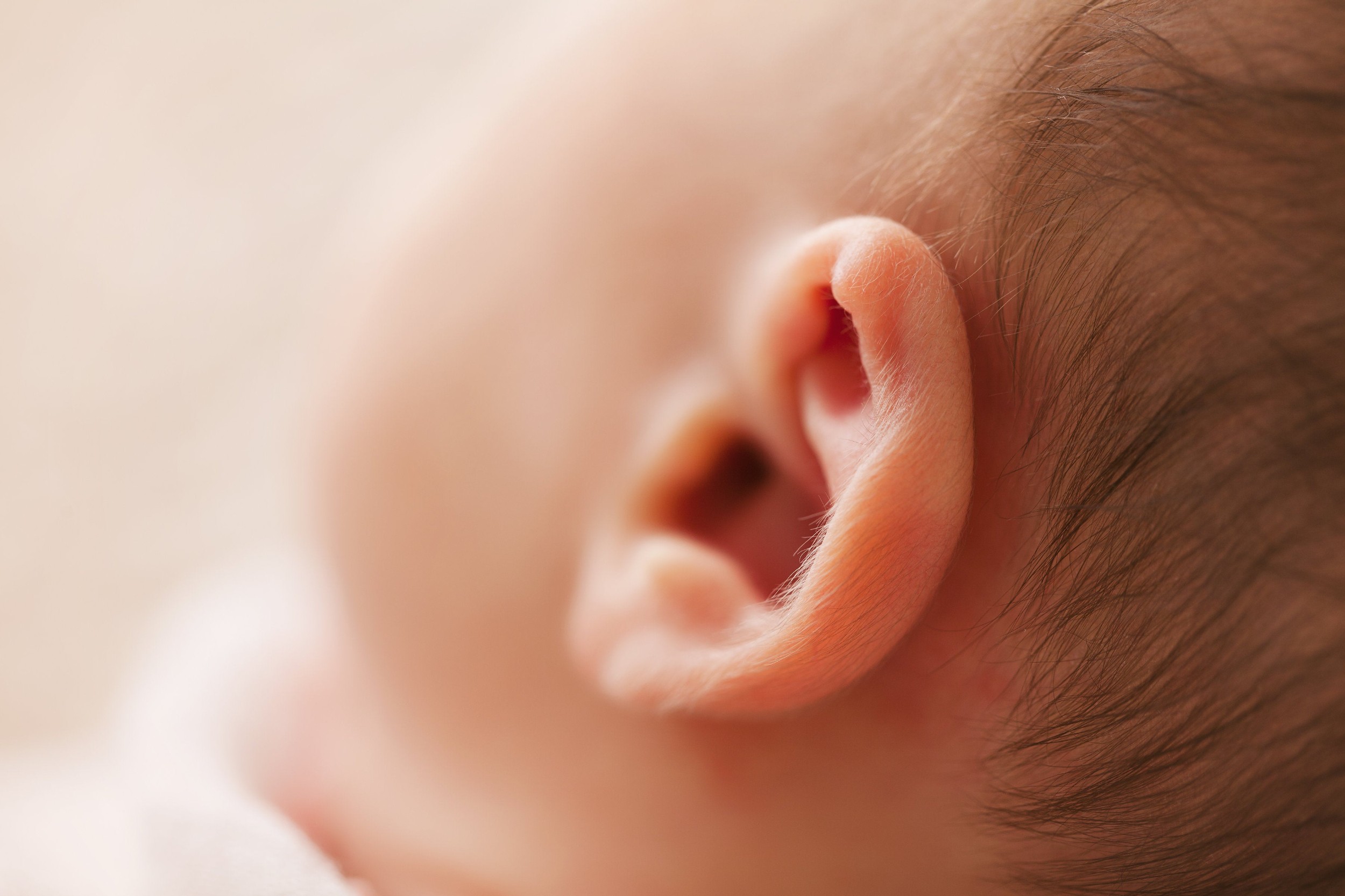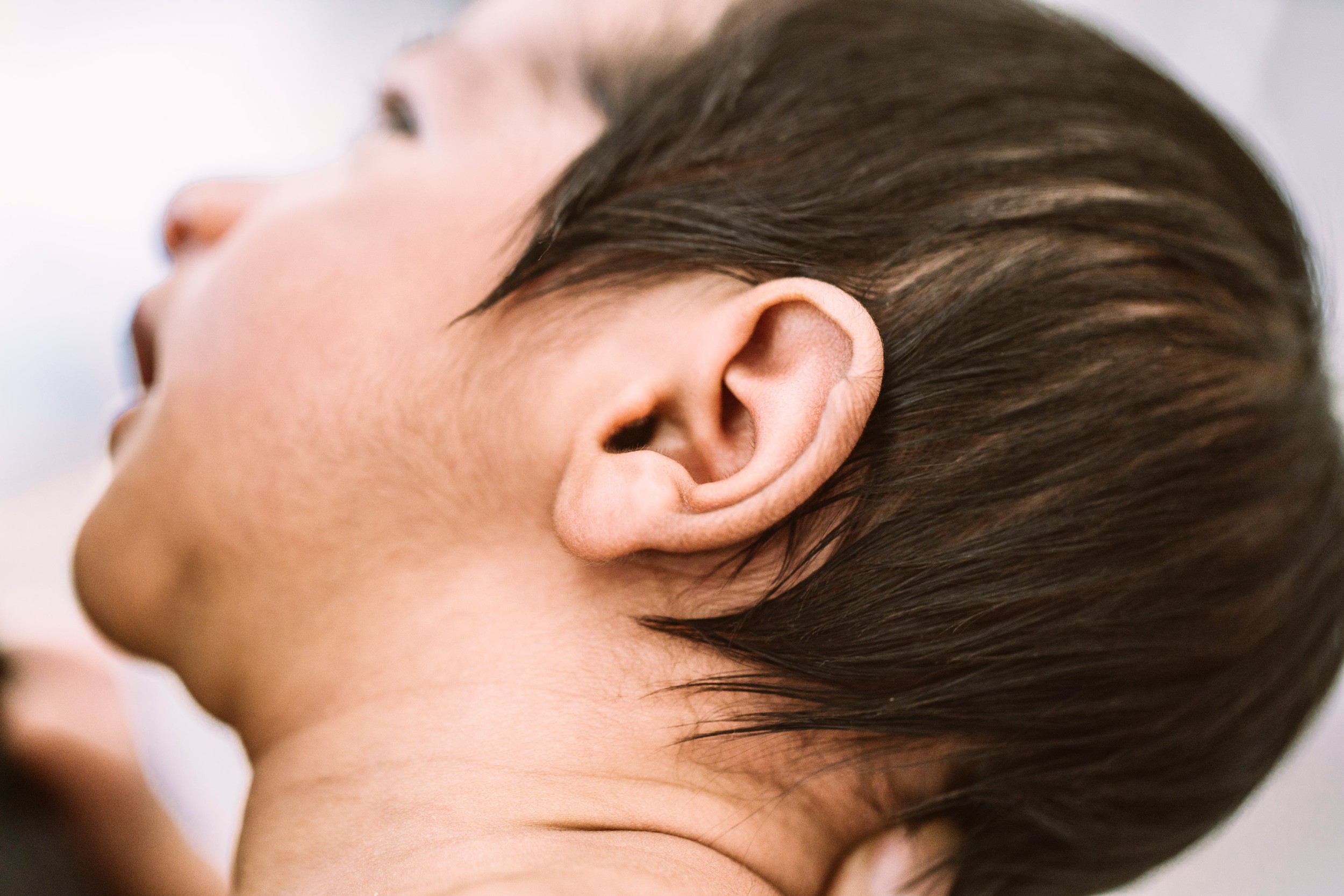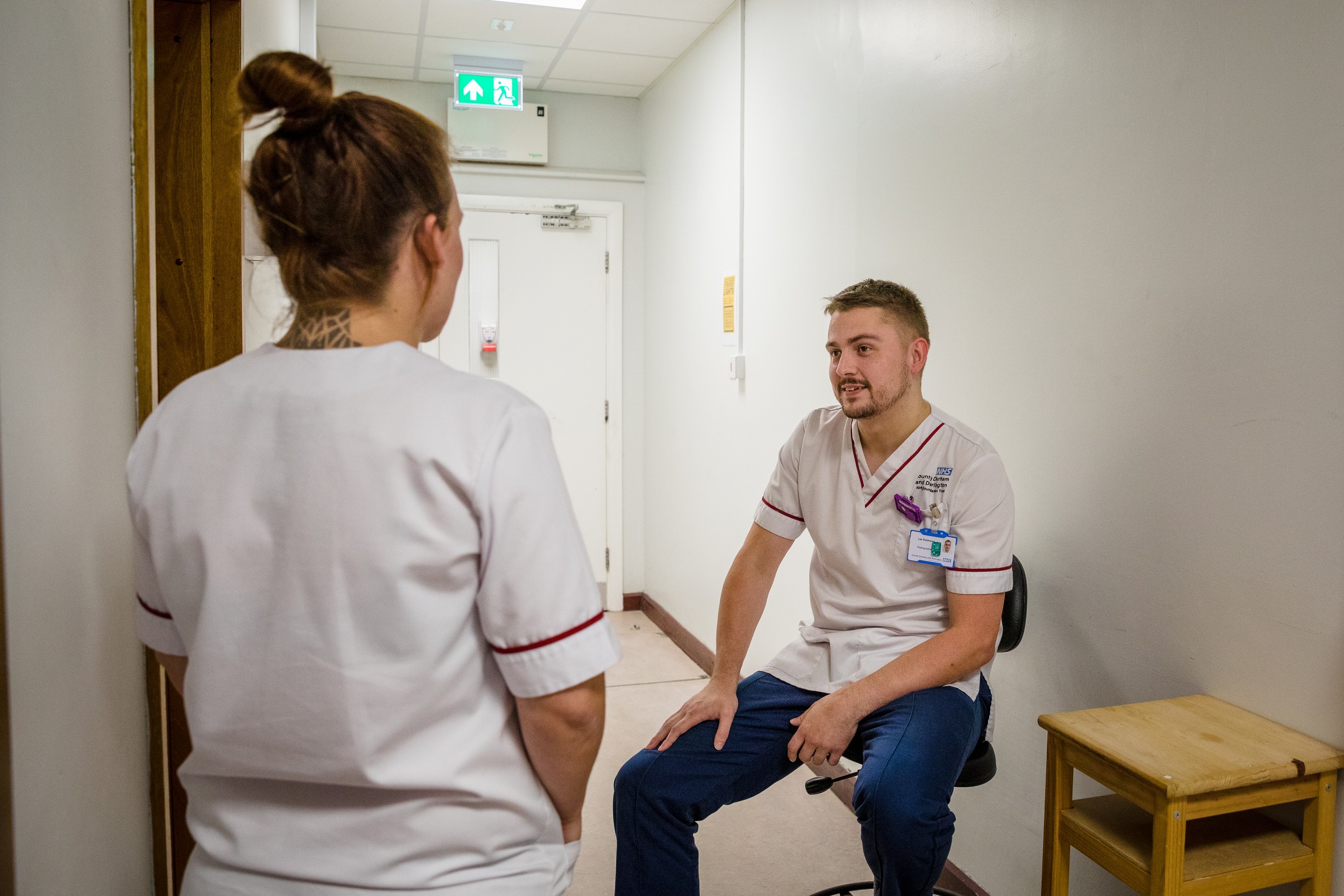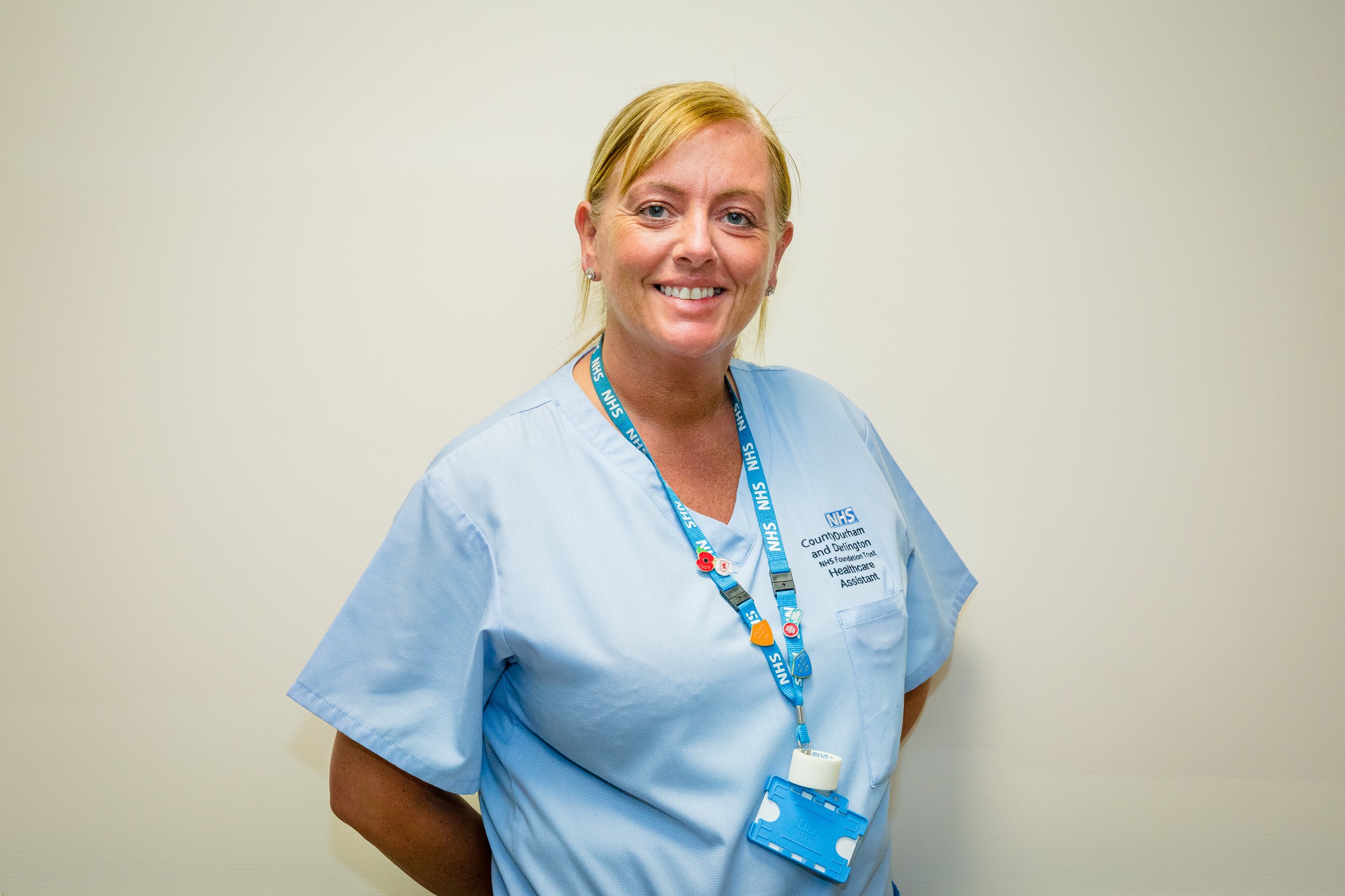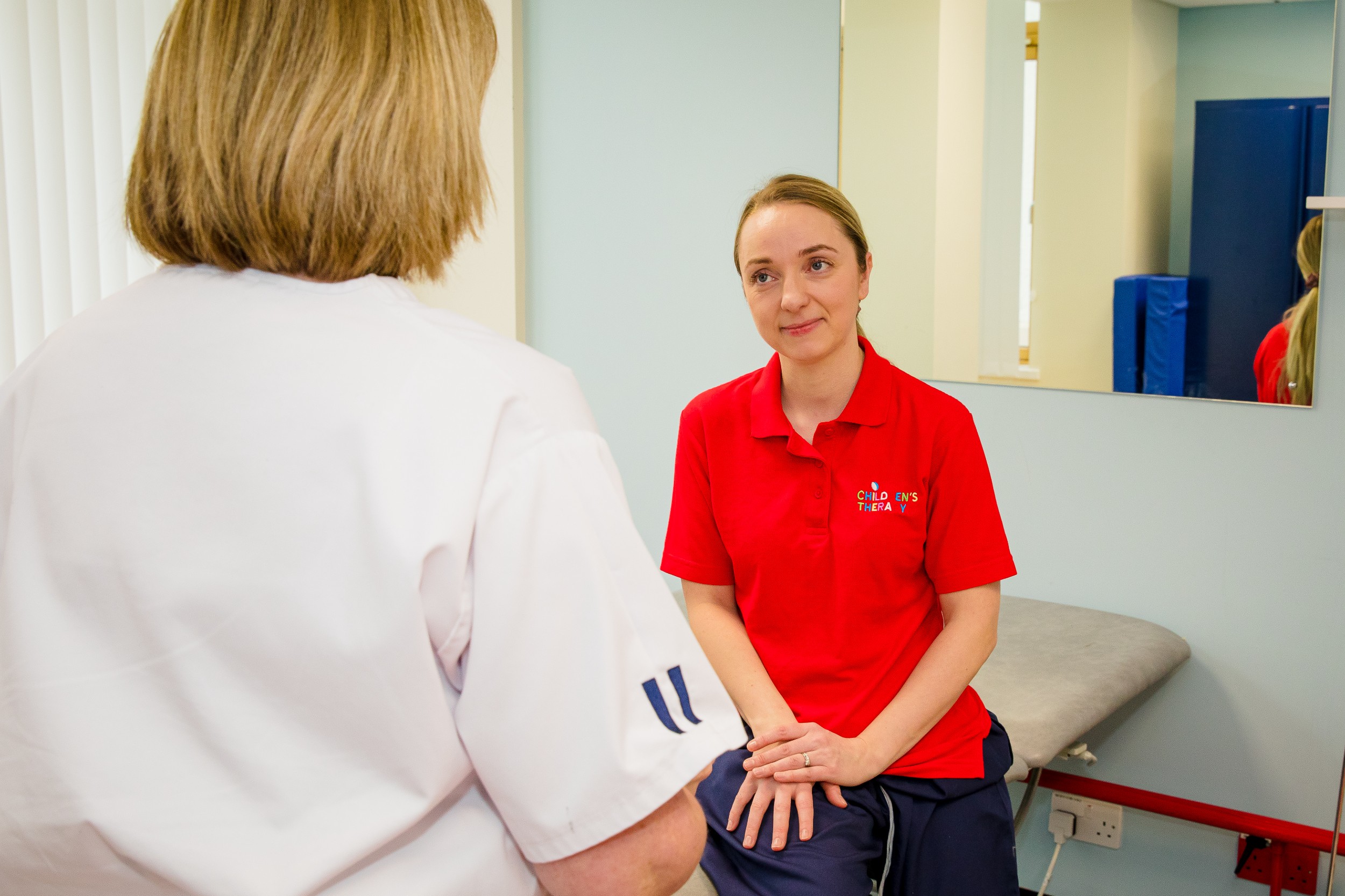About our service
We provide a comprehensive audiology service across County Durham and Darlington, offering both adult and paediatric services covering hearing tests, hearing aids (including bone conduction hearing aids - BCHI and CROS/BICROS hearing systems), hearing and listening tactics, tinnitus and sound sensitivity and vestibular assessment and balance rehabilitation.
In this section
How to access our services
Our services are delivered via our main centre's at University Hospital North Durham (Audiology Department, North Road, Durham, DH1 5TW) and Darlington Memorial Hospital (Audiology Department, Hollyhurst Road, Darlington, DL3 6HX). A number of clinics also take place at various other locations across the community and we aim to offer as much flexibility as possible.

